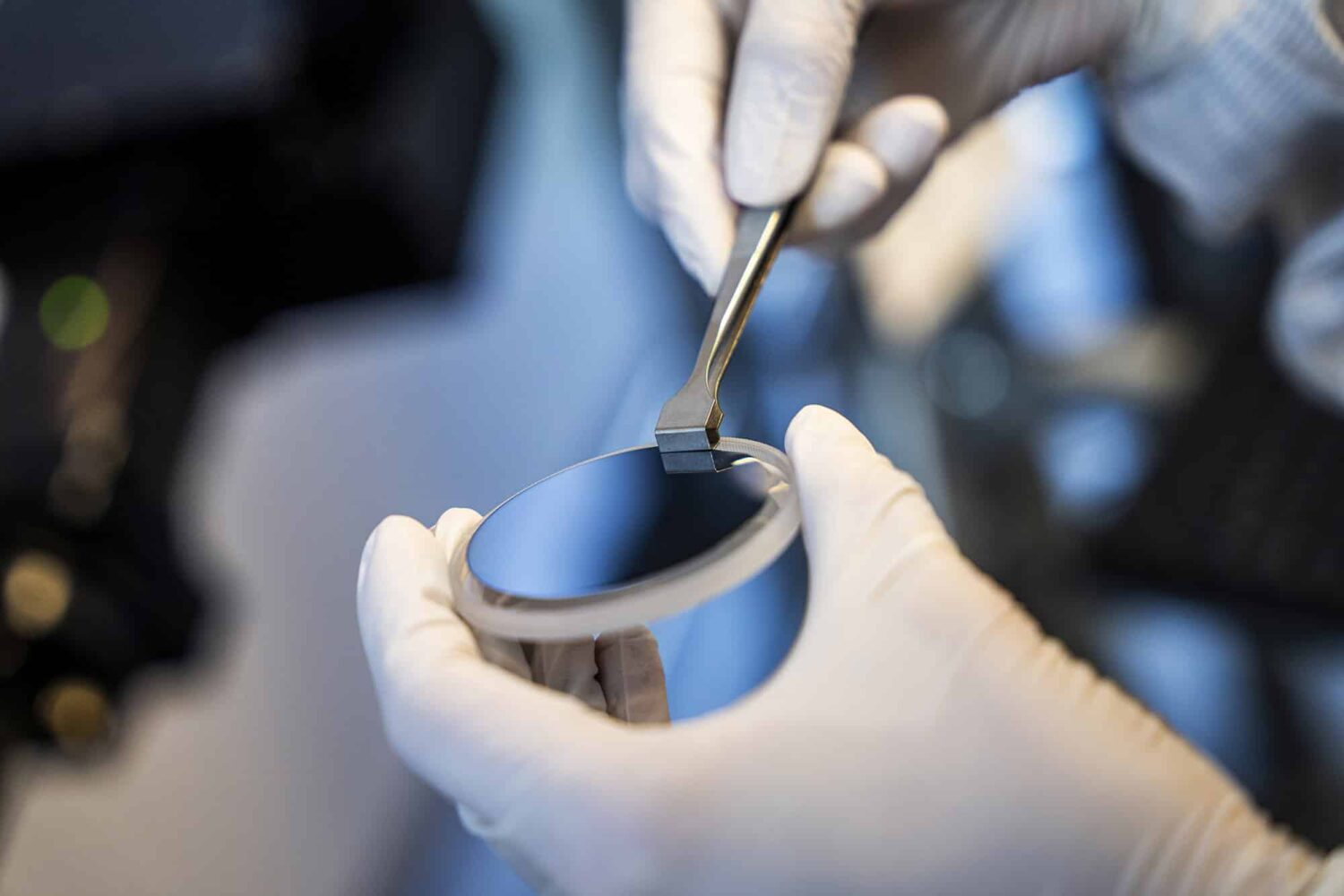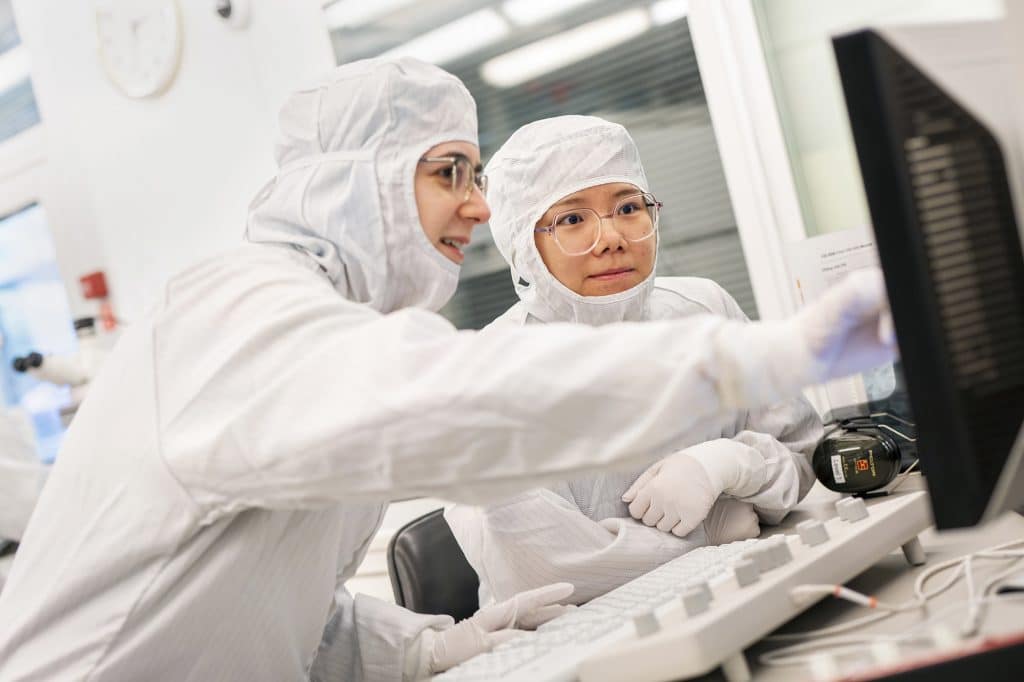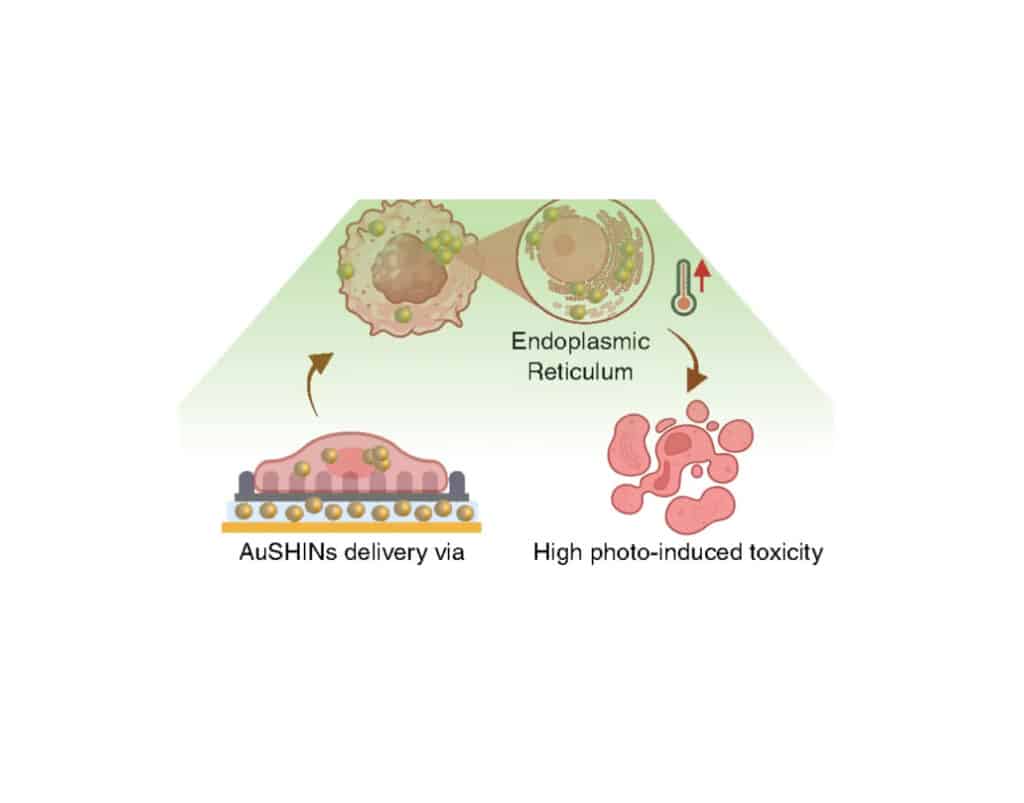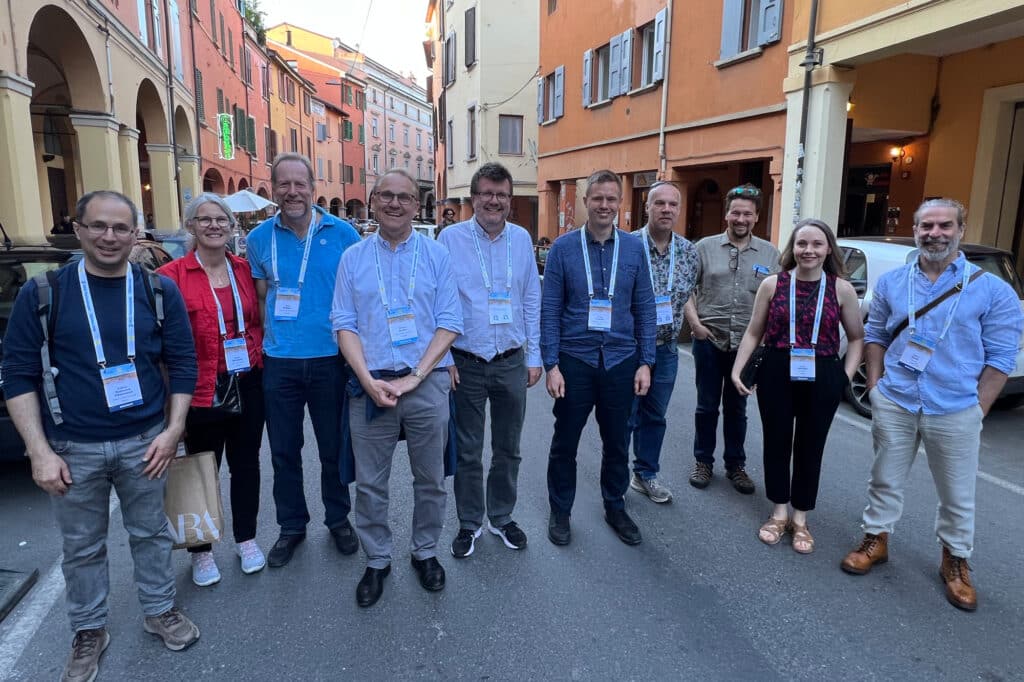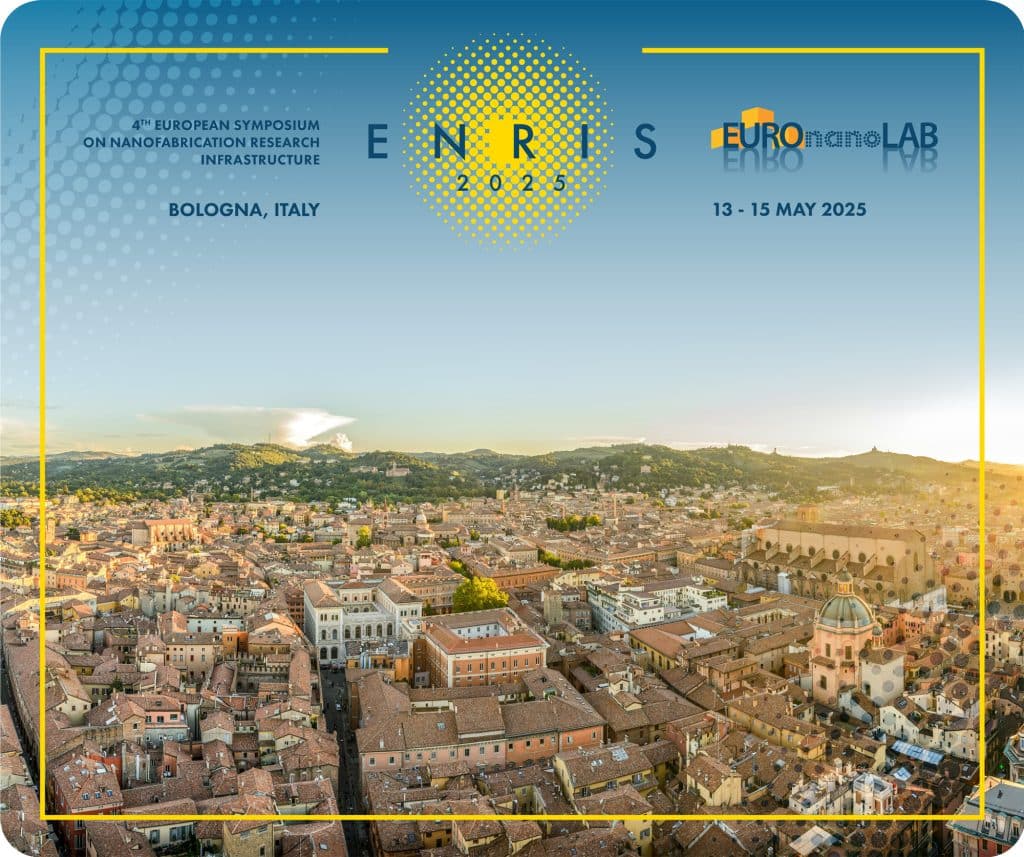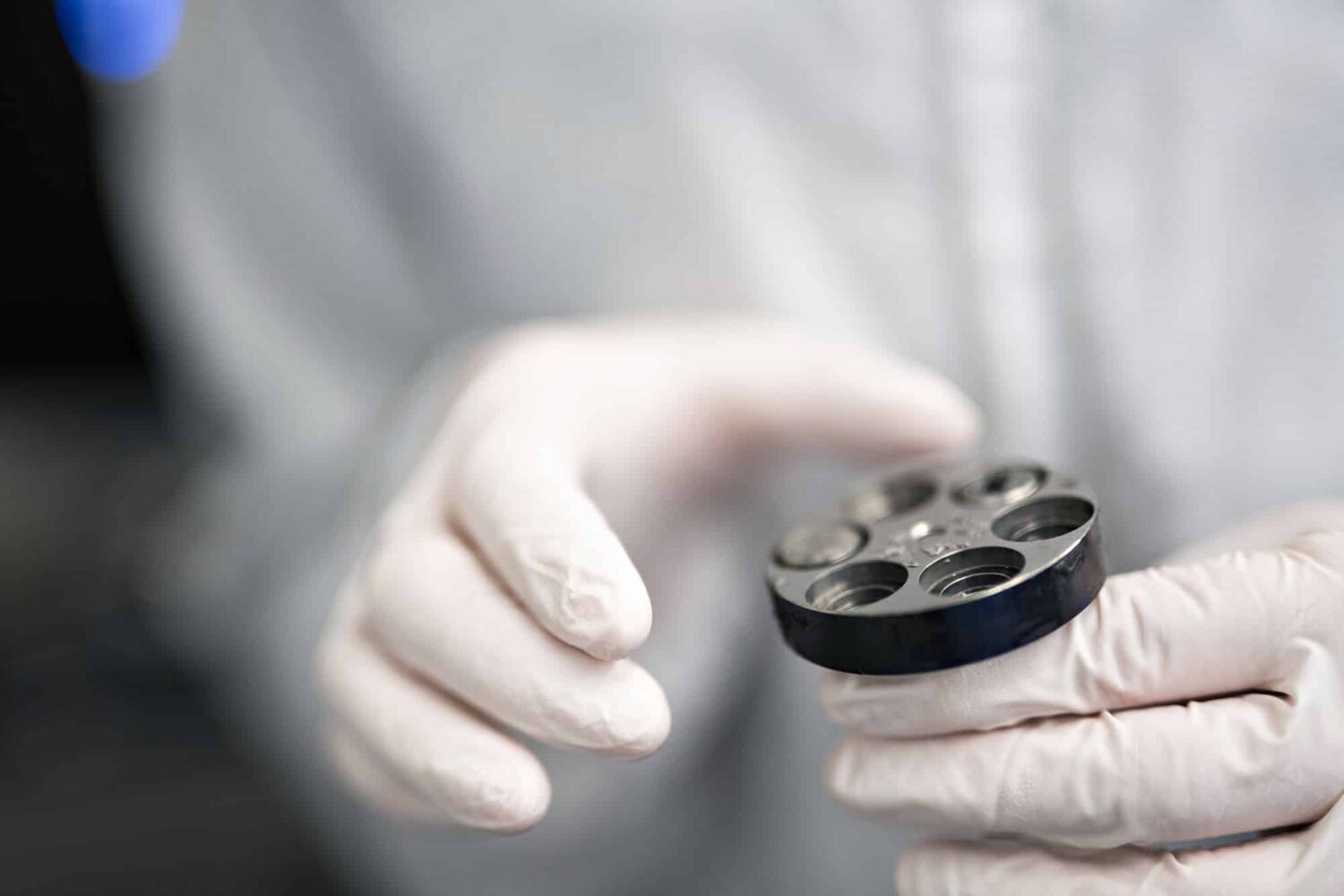Technology development and research drive innovation, solve global challenges, and improve quality of life. Myfab supports diverse research areas with state-of-the-art facilities, fostering collaboration and turning ideas into real products. This boosts the economy and addresses global issues.
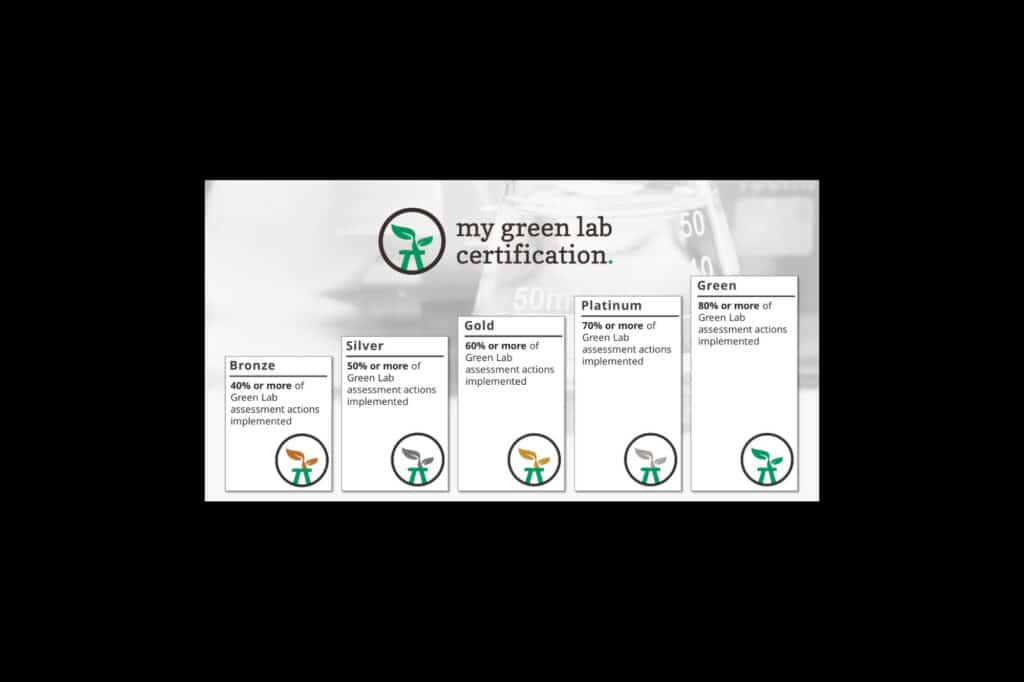
2025 06 11
Myfab
,
Myfab Chalmers
,
Myfab Lund
,
Myfab Uppsala

